Gelcoat Market Summary
As per MRFR analysis, the Gelcoat Market Size was estimated at 1.522 USD Billion in 2024. The Gelcoat industry is projected to grow from 1.655 in 2025 to 3.822 by 2035, exhibiting a compound annual growth rate (CAGR) of 8.73 during the forecast period 2025 - 2035.
Key Market Trends & Highlights
The Gelcoat Market is experiencing a dynamic shift towards sustainability and customization, driven by technological advancements.
- North America remains the largest market for gelcoat, primarily due to its extensive marine applications.
- The Asia-Pacific region is emerging as the fastest-growing market, fueled by increasing construction activities and infrastructure development.
- Polyester gelcoat continues to dominate the market, while epoxy gelcoat is witnessing rapid growth in demand, particularly in specialized applications.
- Rising demand in marine applications and sustainability trends in material selection are key drivers propelling market expansion.
Market Size & Forecast
| 2024 Market Size | 1.522 (USD Billion) |
| 2035 Market Size | 3.822 (USD Billion) |
| CAGR (2025 - 2035) | 8.73% |
Major Players
Scott Bader (GB), AOC Resins (US), BASF (DE), Allnex (BE), Sika AG (CH), Interplastic Corporation (US), Polynt-Reichhold (IT), Mitsubishi Chemical (JP), Hexion Inc. (US)
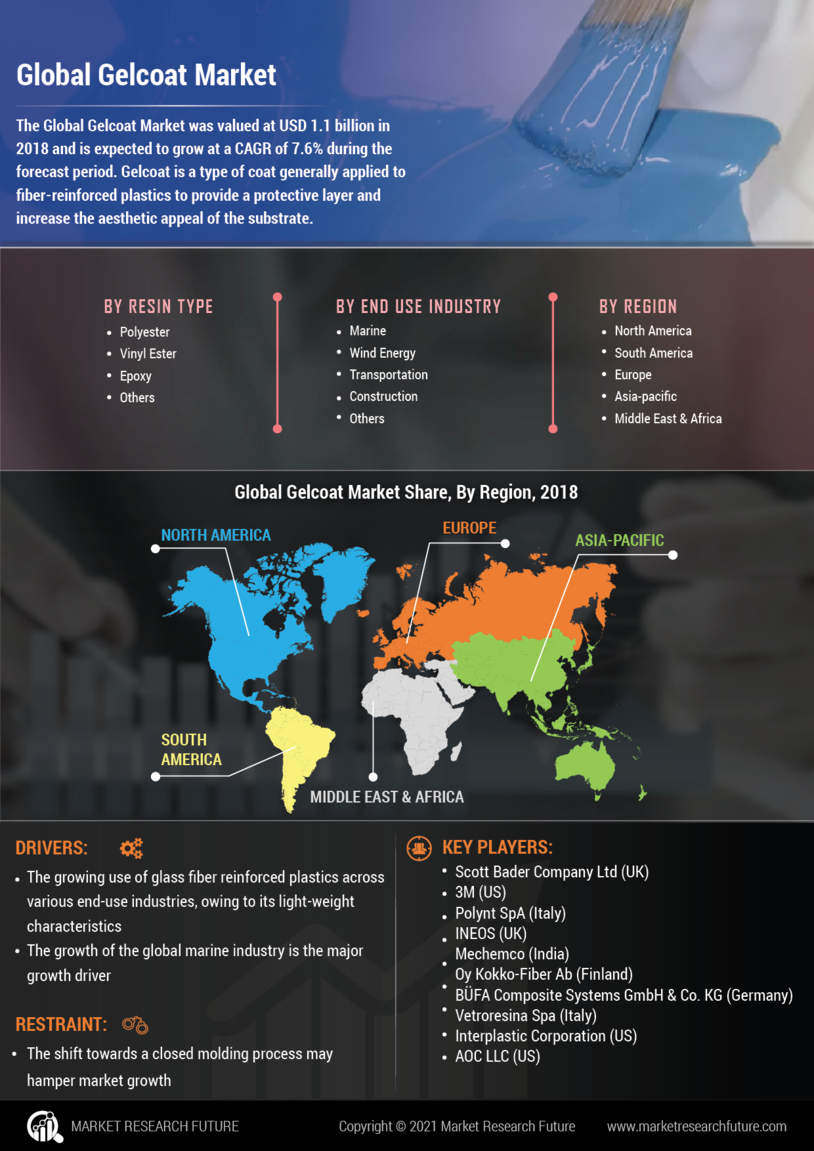

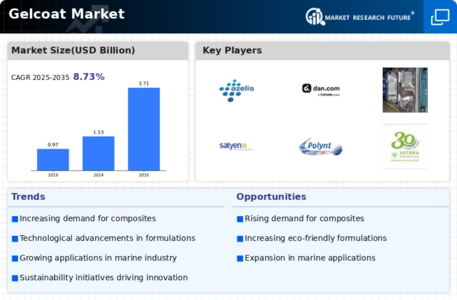

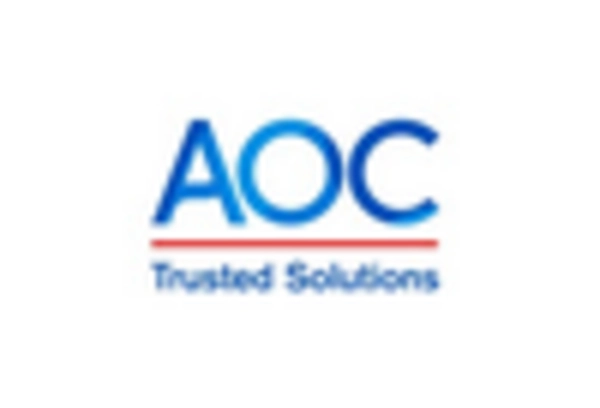
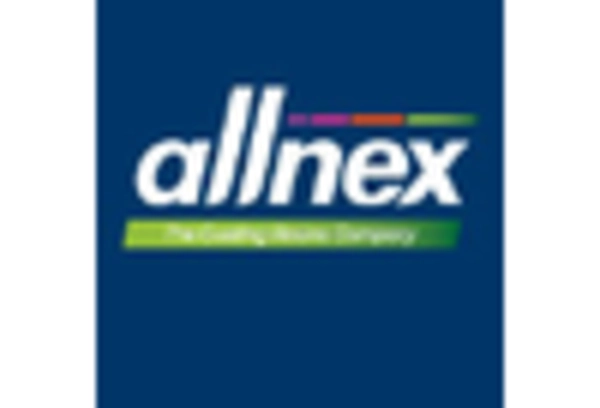

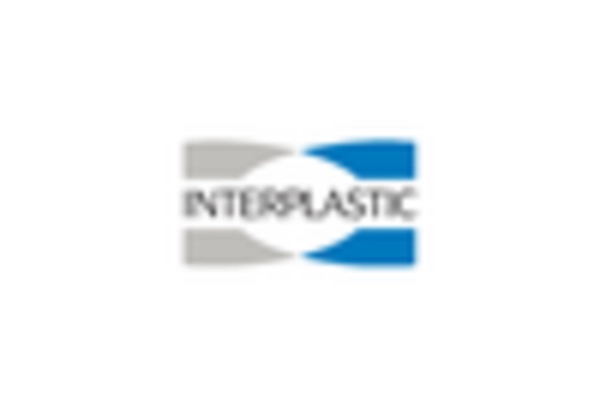
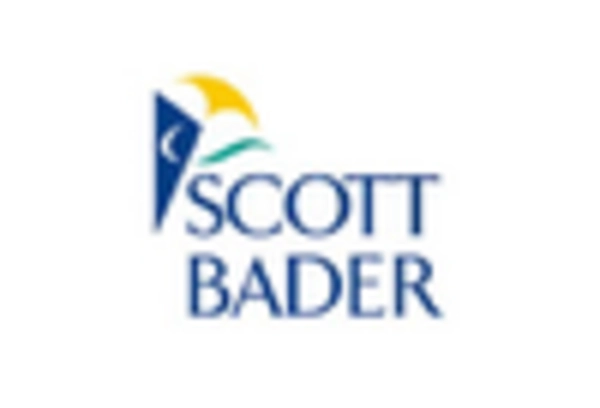
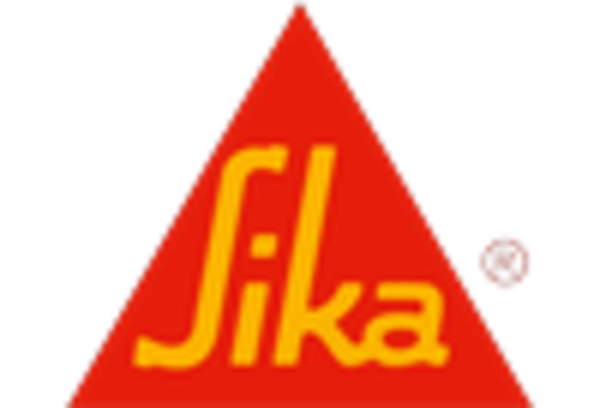








Leave a Comment